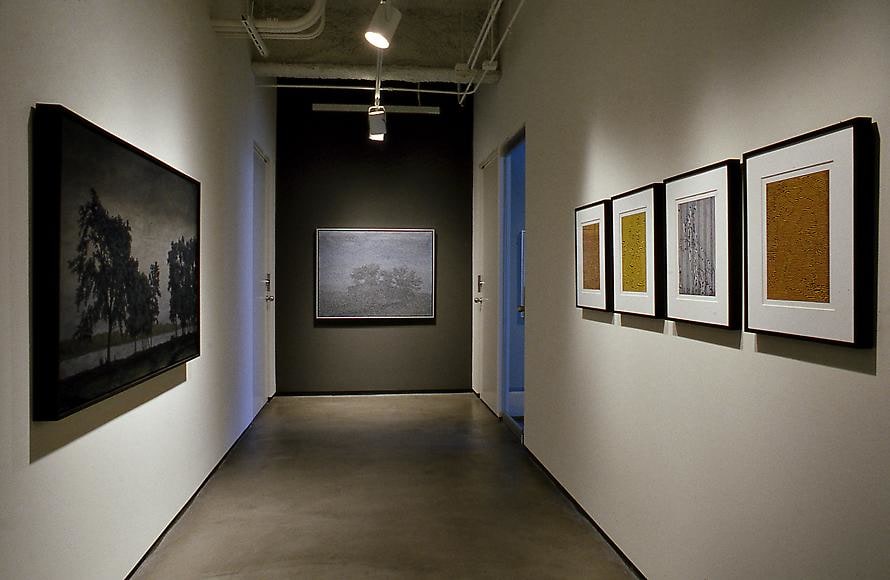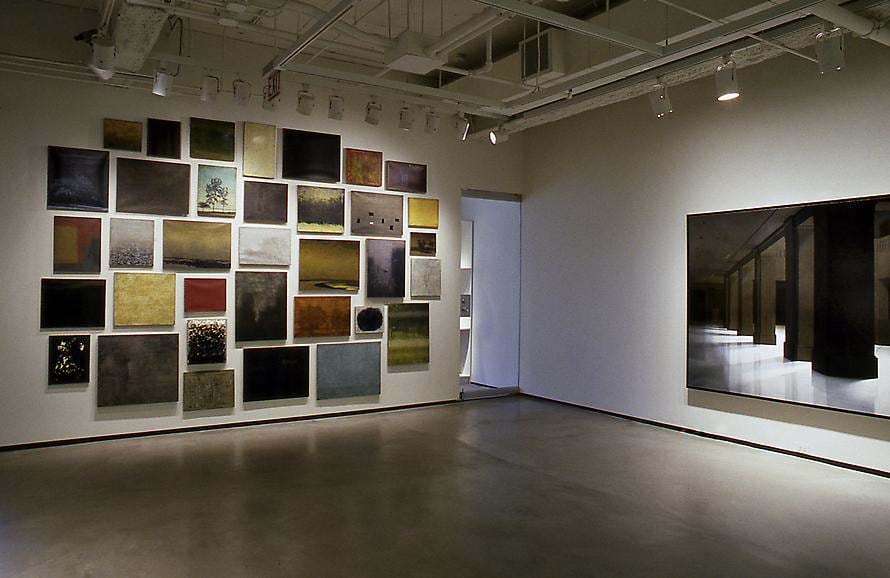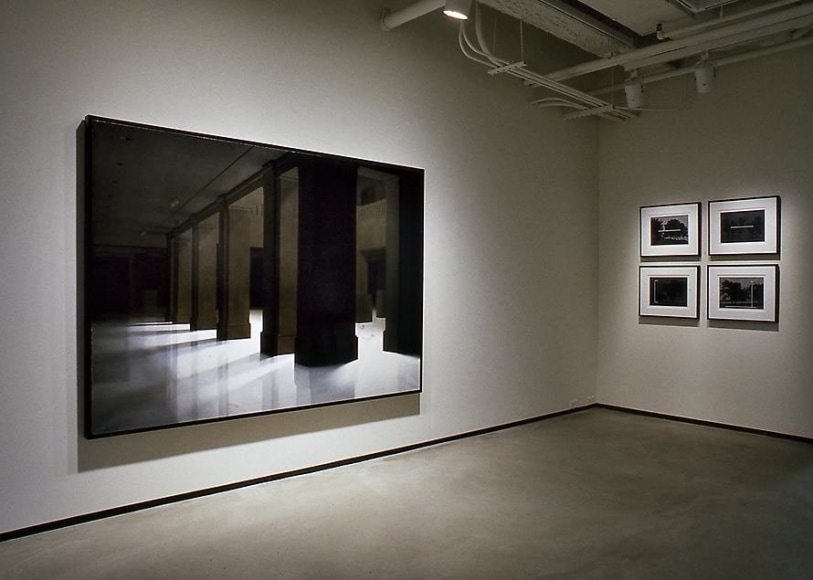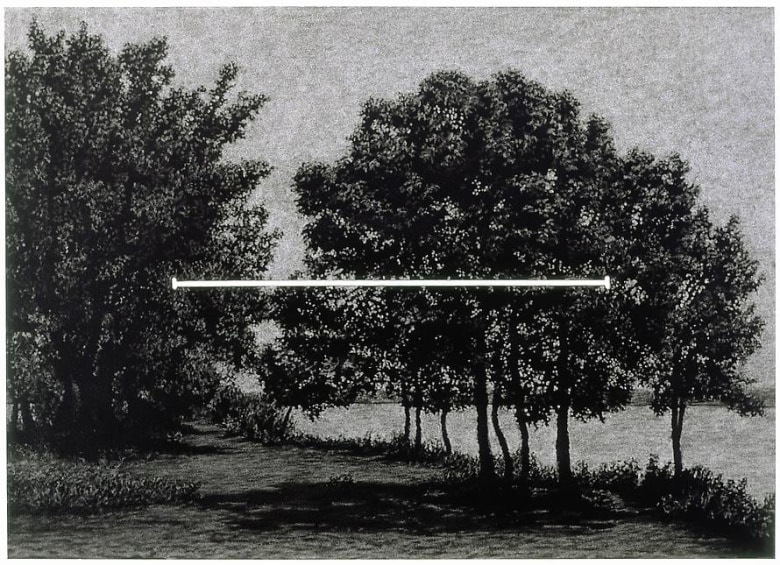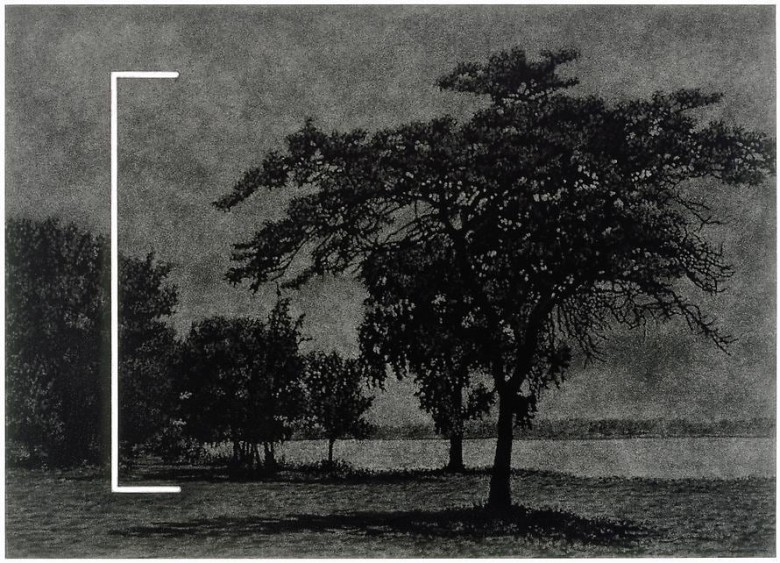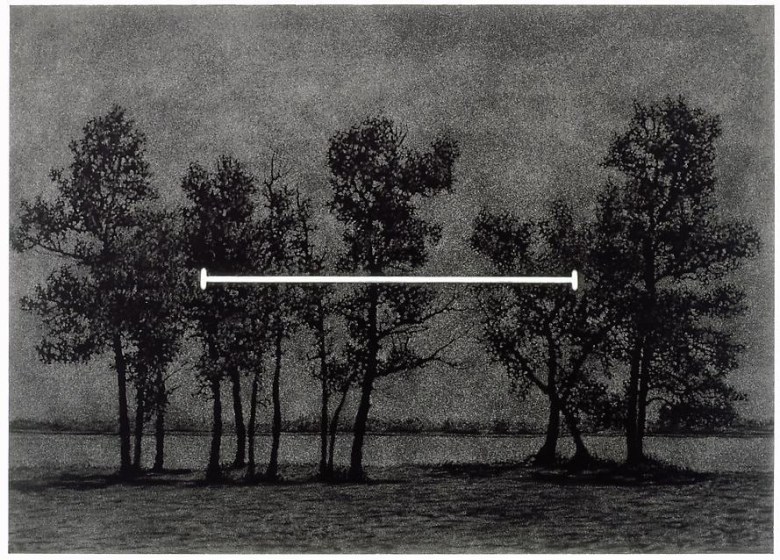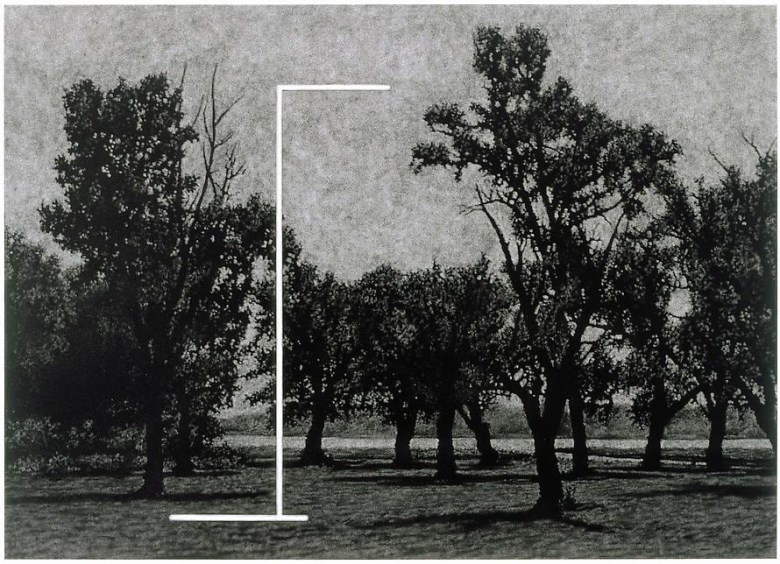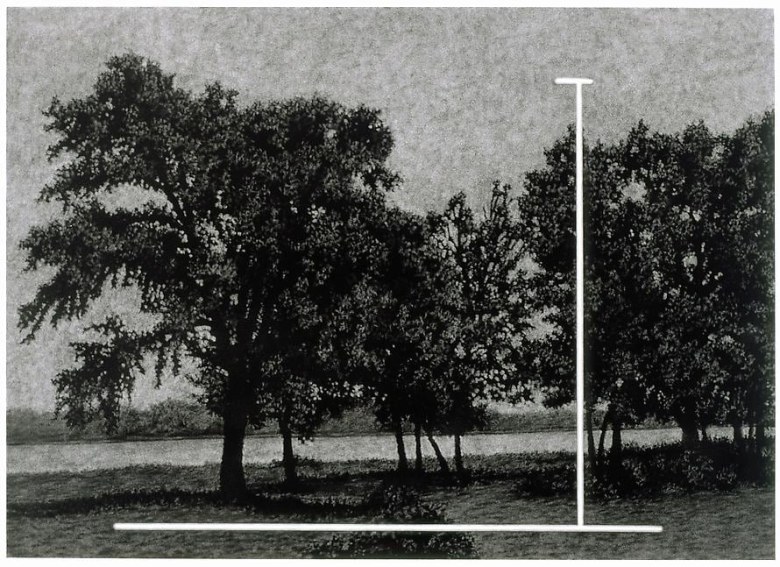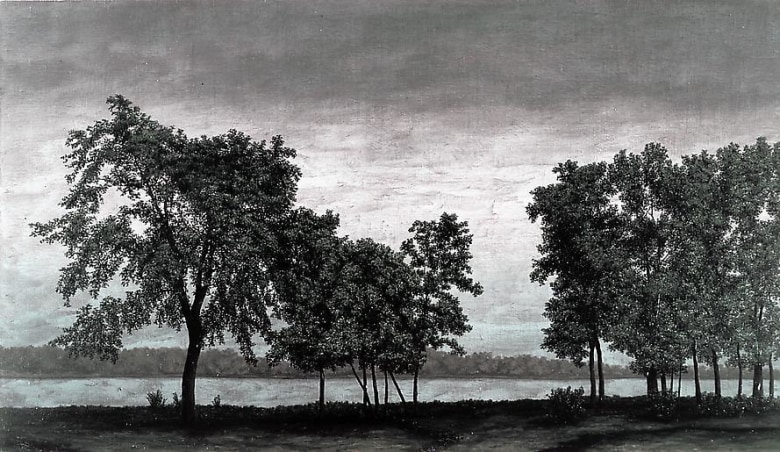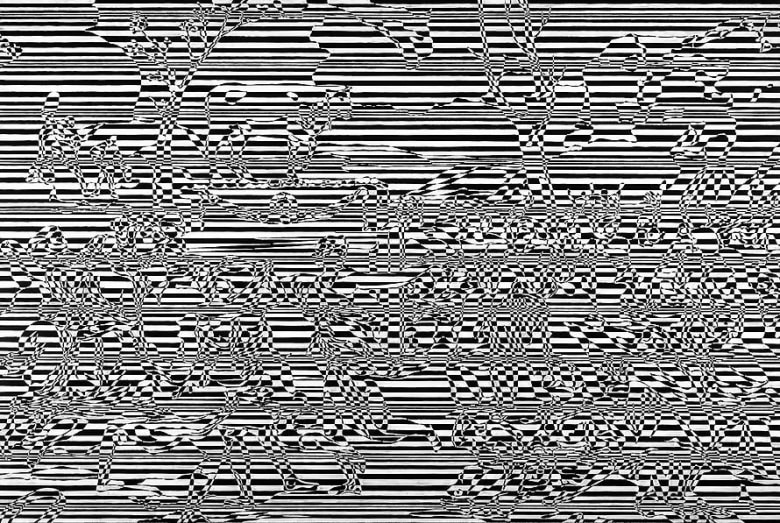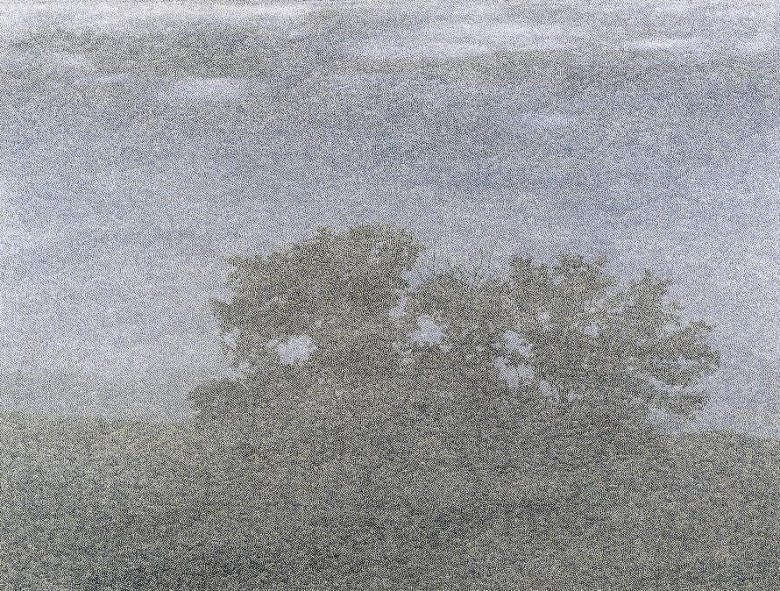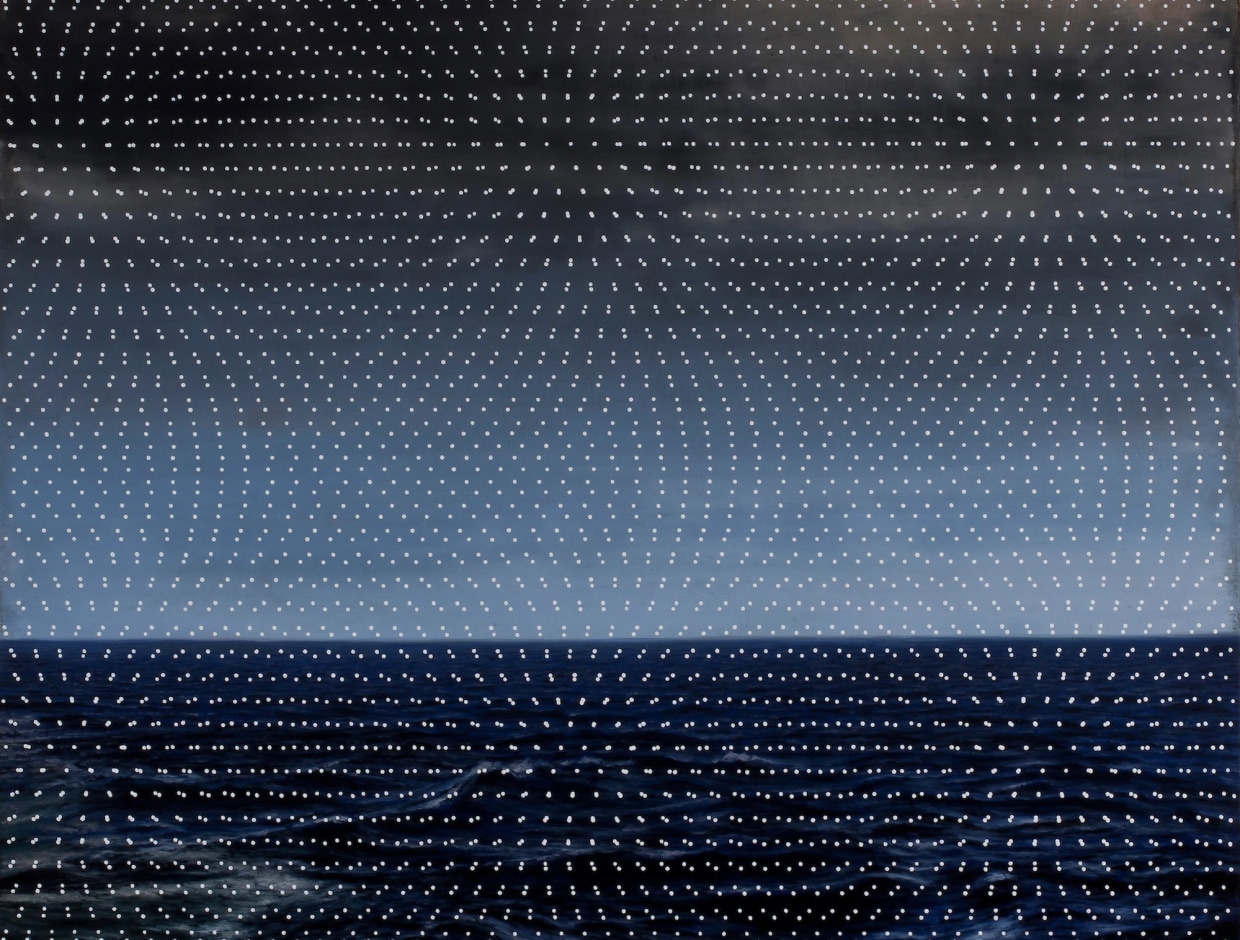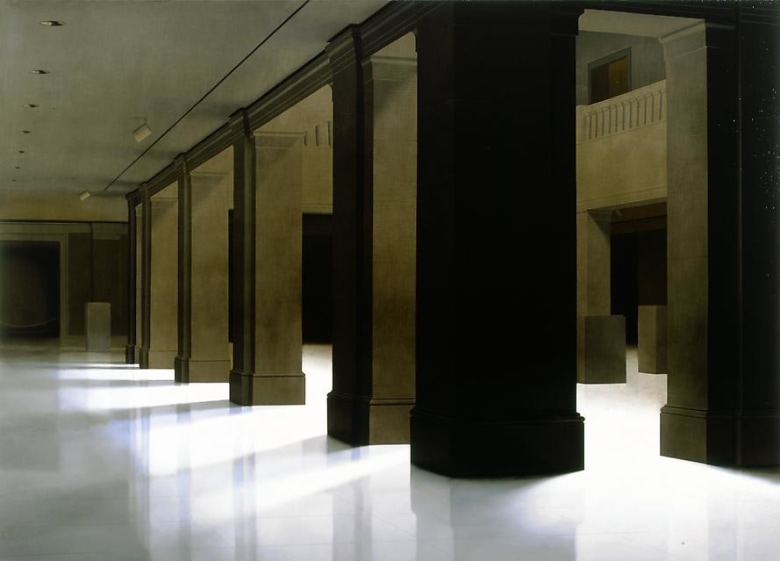
DAVID KLAMEN: CONFLATE, DISCLOSE, ERASE
Chicago: January 10 - February 7, 2003
New York: November 9 - December 21, 2002
Richard Gray Gallery, located at 1018 Madison Avenue, New York, is pleased to present David Klamen: Disclose, Conflate, Erase, on display from November 9 - December 21, 2002. The public is invited to preview the exhibition and meet the artist on Saturday, November 9 from 10:00 am to 5:30 pm. The exhibition will continue January 10 through February 7, 2003, at Richard Gray Gallery, 875 North Michigan Avenue, Chicago. Klamen's work is included in the permanent collections of the Metropolitan Museum of Art, The Whitney Museum of American Art, the San Francisco Museum of Modern Art, and Museum of Contemporary Art in Chicago, among others.
In this recent body of work, David Klamen (American, b. 1961) presents a cross-section of his continuous exploration of how we interpret things and how we come to understand images. The works span an enormous visual range, from realistic interior, to op-art translation of old master paintings, to nocturnal shadow landscapes hidden beneath layers of varnish or emerging from the depths of graphite. These works, despite their differences, are related in their ability to slow down our understanding of what is depicted, by disclosing, conflating and erasing visual information.
In "Golden Calf", Klamen has conflated, or fused, Poussin's masterwork with a historically separate Op-art reading of the contours, completely halting the disclosure of the original image. Compared to his earlier striped paintings of the same series, the artist's hand is more evident in these new works.
Klamen's touch is also more evident in his nocturnal landscapes. He executes them in graphite, freeing the image from its monochromatic surface by erasure, and overlaying the distant memory-landscape with a brightly illuminated map of the path leading to it. In these paintings Klamen combines two distinct ways of knowing a place: as faint generalization, and as concrete physical location. This combination may look like a creative but entirely unnatural experiment, but in reality it is an accurate illustration of human perception. Klamen uses "conflation" as defined by recent breakthroughs in cognitive science. Conflation: separate definitions or associations with one thing, physically interconnected through neurological pathways. Klamen's lyrical spaces extend an invitation to go on a journey of associations, memories and, perhaps even a discovery of how we come to know what we know.

